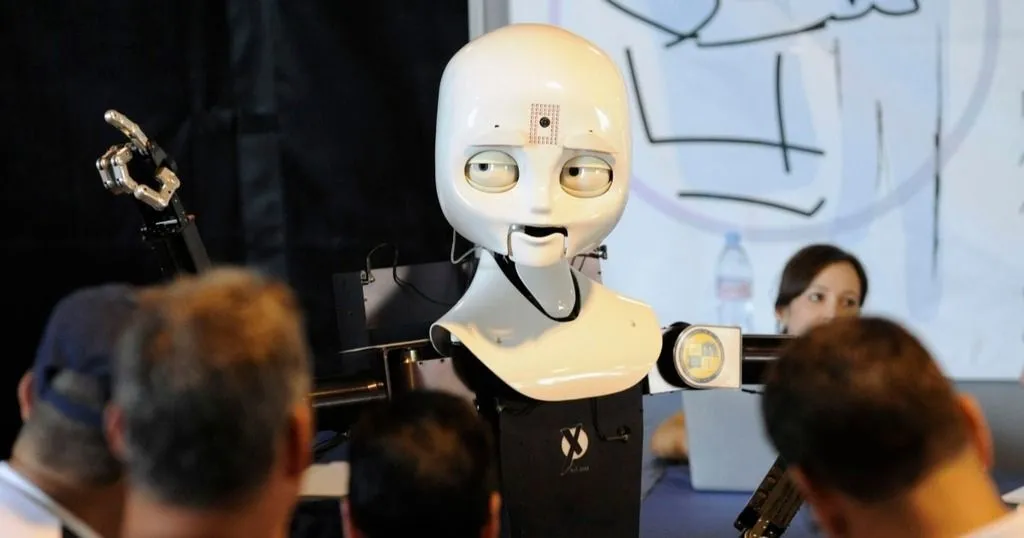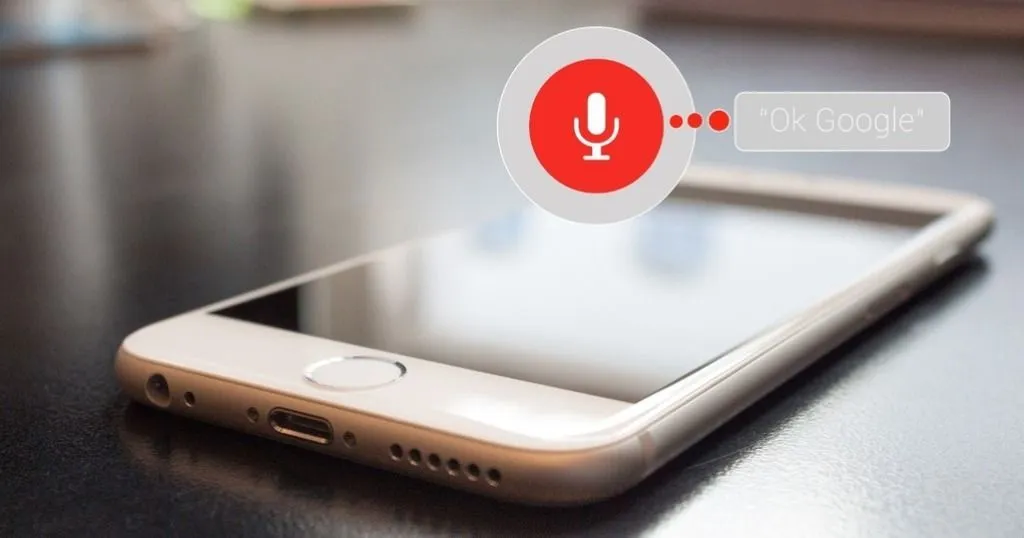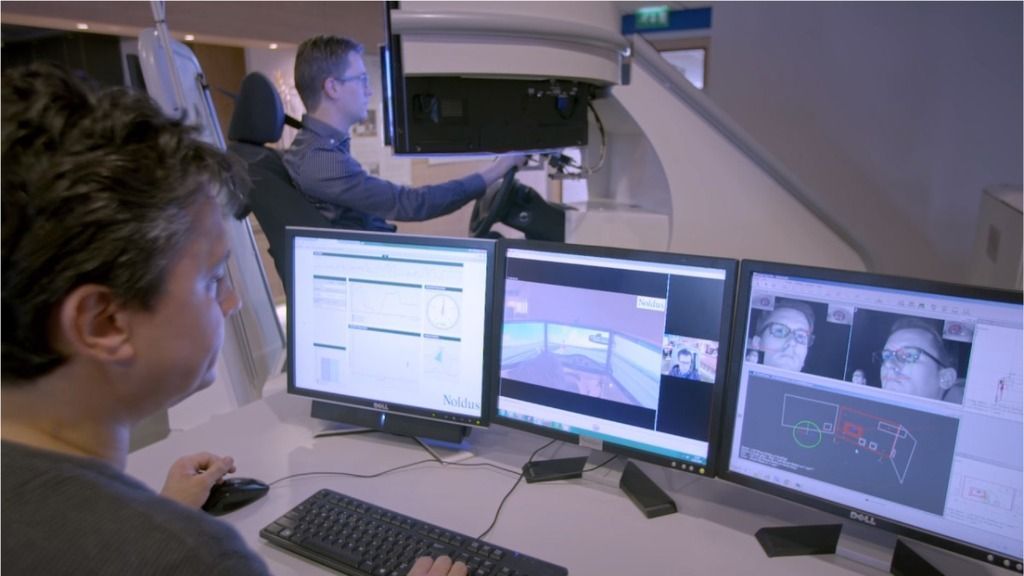Why observe driver behavior and distraction

Listening to your favorite music in your car can have a very uplifting effect and can help create a pleasant atmosphere. Also, having a conversation while driving can be a very efficient way of spending your time.
Posted by
Published on
Thu 20 Sep. 2012
Topics
| Human Factors | The Observer XT |
Listening to your favorite music in your car can have a very uplifting effect and can help create a pleasant atmosphere. Also, having a conversation while driving can be a very efficient way of spending your time. By selecting great songs or having a fun conversation, our in-car-time becomes enjoyable, sometimes even relaxing (somewhat depending on your choice of music).
Nowadays, most people do not simply listen to their CD player - the technology for listening to music has become more sophisticated. A number of different devices and techniques are built into cars to allow the driver to select music while keeping his or her eyes on the road.
However, performing a task other than driving can still result in an extremely dangerous situation. There is a reason why making a phone call with a telephone in your hand is forbidden in many countries! Researchers are taking on the challenge to look into the best possible way to select music while driving.
Driving simulation experiment
Tuomo Kujala (2012) evaluated three in-vehicle touch screen scrolling methods (buttons, swipe, and kinect scrolling) and states that the novel interaction techniques for in-car use should be carefully tested for distraction effects before making them available for consumers.
In this study, a driving simulation experiment was designed in which participants needed to search for music. While the participant was driving and searching for tracks, the researchers looked at distractive behaviors: for example lane-keeping accuracy, visual demands, and search task performance were measured.
Eye tracking equipment and video analysis software The Observer XT were used to record eye movements, gaze, and behavior.
This experiment was set up to select the best suitable in-vehicle display by comparing driver behavior in different situations.
The safest way is to select your music before you start driving. But, when one is on the road and trying to select music, Kujala recommends page-by-page swiping. He explains this method is the least distracting “due to its systematic nature and low levels of pointing accuracy and visual attention required for scrolling the pages”.
Interestingly, participant ratings indicated buttons and not page-by-page swiping as the least distracting and the most preferred scrolling method, thereby showing that further research is needed. The participants may choose buttons instead of swiping because of previous experiences using this form of selection.
New simulator
In Advanced Driver Vehicle Interface in a Complex Environment – (the ADVICE research project) TomTom, TNO, HAN, Delft University, Noldus, and Green Dino take up the challenge to build a driver observation system for human-machine interface evaluation studies.
This system’s design will be highly adaptable in order to support various automotive research questions. The system will be able to collect and interpret information from various sources, such as the (simulated) vehicle, portable navigation devices, cameras, eye trackers, and psycho-physiology.
So when you are interested in the latest in automotive research, it is an interesting research project to follow.
Reference
Kujala, R. (2012). Browsing the information highway while driving: three in-vehicle touch screen scrolling methods and driver distraction. Personal and Ubiquitous Computing, DOI: 10.1007/s00779-012-0517-2.
Related Posts

Human-robot interaction: Can you trust a robot?

Alexa, Siri, Google – Are voice assistants the future of marketing?


